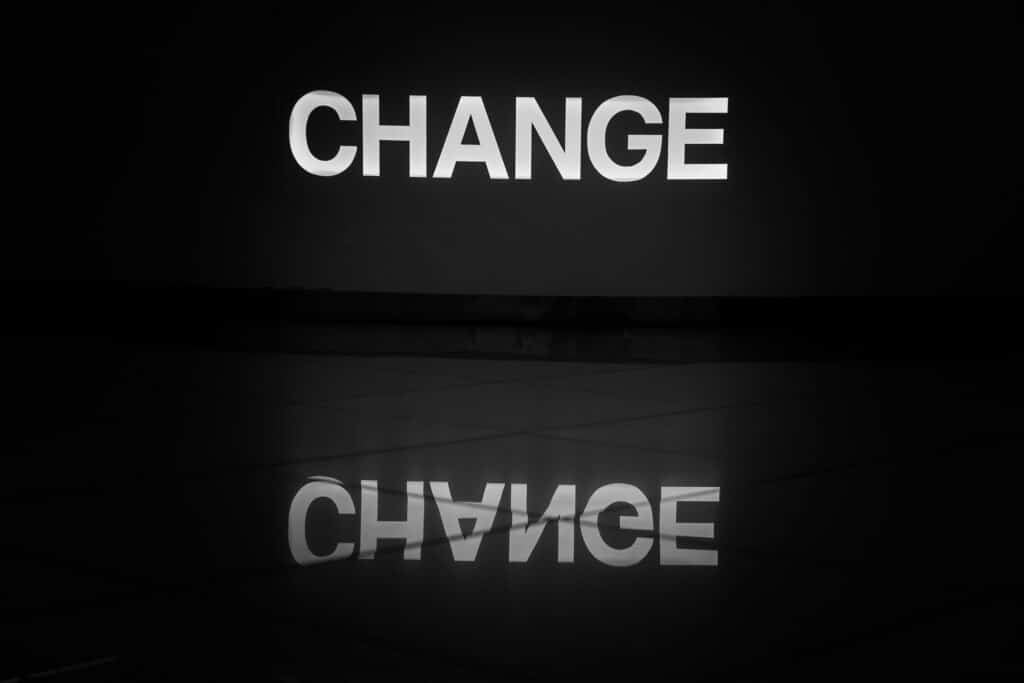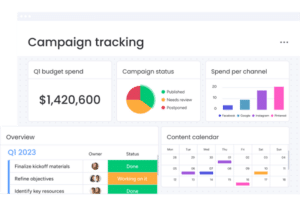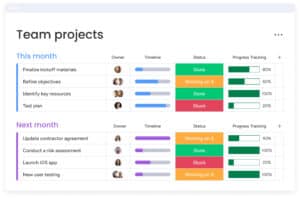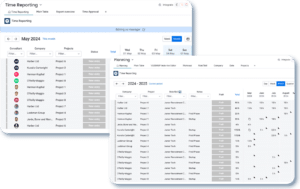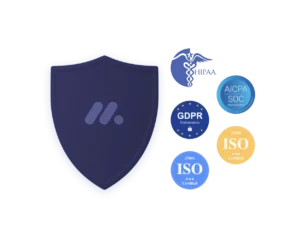Introduction
When it comes to implementing organizational change from the HR executive viewpoint, it’s a journey that intertwines challenge and opportunity in equal measure. In today’s fast-evolving corporate world, change is not just inevitable. It’s essential for growth and survival. But how does this pivotal process unfold from the standpoint of Human Resources, the custodians of an organisation’s most valuable asset – its people?
For HR executives, the task of implementing organizational change is akin to being a navigator and a diplomat, all rolled into one. They are not just implementing policy changes or new strategies. They are, in essence, reshaping the organisational culture and workforce mindset to align with the evolving business objectives and market dynamics. This role requires a blend of strategic foresight, empathy, and unflagging determination.
In the following sections, we’ll delve deep into the nuances of implementing organizational change from the HR executive viewpoint. From identifying the catalysts for change to ensuring its sustainable adoption, this journey is rich with insights, challenges, and transformative possibilities. So, let’s embark on this exploration, understanding that effective change management is a critical skill for any HR leader in today’s dynamic business environment.
Understanding the Need for Change
In the realm of implementing organizational change from the HR executive viewpoint, recognizing the impetus for change is a critical first step. Change in an organization doesn’t occur in a vacuum; it’s often driven by a confluence of external and internal factors. Understanding these drivers is key to developing a responsive and effective change strategy.
Identifying Internal and External Drivers
The landscape of business is ever-changing, influenced by market trends, technological advancements, and competitive pressures. From an HR perspective, it’s crucial to stay attuned to these external factors. But equally important are internal drivers. These include employee feedback, operational inefficiencies, or a shift in company vision can all signal the need for change. By keeping a pulse on these factors, HR executives can preemptively address issues before they escalate. This positions their organizations for success in a dynamic business environment.
The HR Executive’s Role in Recognizing Change Indicators
As an HR executive, part of your role in implementing organizational change involves being an astute observer of the workplace. It’s about understanding the subtleties of employee morale, the undercurrents of workplace dynamics, and the broader picture of industry trends. This unique vantage point allows HR leaders to identify the need for change and articulate it in a way that resonates with stakeholders at all levels.
Recognizing the indicators of needed change is more than a skill—it’s an art. It involves interpreting data and feedback, reading between the lines of employee engagement surveys, and understanding the implications of market shifts. This holistic approach ensures that when it comes to implementing organizational change from the HR executive viewpoint, the change is not just timely but also deeply rooted in the organisation’s real needs and future aspirations.
Omnitas Newsletter
Sign up for our monthly newsletter to stay up-to-date on our latest blog articles, videos and events!
Thank you!
You have successfully joined our subscriber list.
Planning and Strategizing Change
After recognizing the need for change, the next pivotal step in implementing organizational change from the HR executive viewpoint involves meticulous planning and strategizing. This stage is where the blueprint for change is crafted, setting the stage for successful implementation.
Developing a Clear Vision and Strategy
A clear vision is the cornerstone of effective change. As an HR executive, it’s essential to articulate a compelling vision that aligns with the organization’s goals and resonates with employees across all levels. This vision should serve as a guiding star throughout the change process, offering clarity and direction. Crafting a strategy that outlines the steps to achieve this vision is just as crucial. This strategy should consider the organization’s unique culture, structure, and the specifics of the change being implemented. Whether it’s a shift in company policy, a merger, or a digital transformation initiative, the strategy must be tailor-made to fit the organizational context.
Involving Key Stakeholders in the Planning Process
Involving key stakeholders early in the planning process is vital for implementing organizational change from the HR executive viewpoint. This not only includes senior management but also employees who will be directly affected by the change. Engaging with these stakeholders ensures a diverse range of perspectives and fosters a sense of ownership and buy-in across the organization. This collaborative approach can be facilitated by tools like monday.com. They provide a platform for transparent communication, project tracking, and feedback collection. By leveraging such tools, HR executives can ensure that the planning process is inclusive, dynamic, and responsive to feedback.
Communicating the Change
A pivotal aspect of implementing organizational change from the HR executive viewpoint is the communication strategy. How the change is communicated can significantly impact its acceptance and success within the organization.
Effective Communication Strategies
Effective communication is not just about disseminating information; it’s about creating dialogue. As HR executives, the goal is to communicate the change in a way that is clear, transparent, and empathetic. This involves crafting messages that address the ‘what’, ‘why’, and ‘how’ of the change. Utilizing a variety of channels – from company-wide meetings to digital platforms like monday.com – ensures that the message reaches everyone in the format they’re most comfortable with. Monday.com, in particular, can be instrumental in facilitating ongoing conversations, allowing employees to ask questions, express concerns, and provide feedback, thus making the communication process more interactive and inclusive.
Overcoming Resistance and Earning Buy-In
Resistance to change is a natural human response, and addressing it is a critical element in implementing organizational change from the HR executive viewpoint. To overcome resistance, HR leaders must first understand its root causes. These can be fear of the unknown, perceived threats to job security, or a disruption of comfortable routines. Once these concerns are understood, they can be addressed directly through targeted communication and reassurance. Engaging with employees, addressing their concerns, and involving them in the change process can significantly enhance buy-in. Moreover, showcasing quick wins and positive outcomes early in the change process can build momentum and demonstrate the benefits of change, further reducing resistance.

Implementing the Change
Once the groundwork of planning and communication is laid, the focus shifts to the actual implementation of the change. This phase is critical in implementing organizational change from the HR executive’s viewpoint. It involves putting plans into action and navigating the complexities of change in real time.
The Role of HR in Change Management
The HR department plays a multifaceted role in the implementation phase. It’s not just about enforcing new policies or procedures; it’s about guiding, supporting, and motivating employees through the transition. HR executives must ensure that the change is implemented smoothly, with minimal disruption to day-to-day operations. This includes coordinating with department heads, managing timelines, and ensuring that resources are allocated efficiently. Furthermore, tools like monday.com can be pivotal in this phase. They provide a platform to track progress, assign tasks, and maintain transparency across the organisation. This kind of software simplifies the logistical aspects of change management and helps in keeping the workforce aligned and informed.
Monitoring Progress and Adjusting Strategies
Adaptability is key when implementing organizational change from the HR executive’s viewpoint. It’s rare for a change initiative to go exactly as planned. Hence, continuous monitoring and readiness to adjust strategies are crucial. This involves regularly reviewing progress against set milestones, soliciting feedback from employees at all levels, and being open to course corrections. Using tools like Make can greatly assist in this process. Make enables the automation of workflows and data analysis, allowing HR executives to quickly gather insights and make informed decisions. This agility in monitoring and adapting ensures that the change process remains on track and is responsive to the evolving needs of the organisation and its people.
Sustaining Change and Evaluating Success
The journey of implementing organizational change from the HR executive viewpoint doesn’t end with the initial implementation. Sustaining the change and evaluating its success are crucial final steps to ensure the long-term impact and effectiveness of the change efforts.
Ensuring Long-Term Adoption
Sustaining change within an organization requires continuous effort and reinforcement. As HR executives, it’s important to embed the change into the organization’s culture. This might involve ongoing training, regular communication updates, and integrating the change into performance metrics and reward systems. Tools like monday.com can play a significant role here. They enable HR teams to track long-term progress, maintain engagement with employees, and reinforce the change through systematic updates and reminders. The goal is to move from change being an ‘initiative’ to it being a ‘norm’ within the organization.
Measuring and Learning from Outcomes
Evaluating the success of the change is essential in implementing organizational change from the HR executive viewpoint. This involves looking beyond immediate metrics to understand the deeper impact on the organization’s performance, culture, and employee satisfaction. Utilizing data analytics tools, perhaps integrated through platforms like Make, allows HR executives to gather valuable insights into the effectiveness of the change. Surveys, performance data, and feedback sessions are instrumental in gauging the success and areas for improvement. This evaluative phase is not just about measuring outcomes but also about learning from the process. Additionally, it’s about understanding what worked well and what could be done differently in future change initiatives.
Conclusion
Implementing organizational change from the HR executive viewpoint is a journey marked by challenges, opportunities, and profound learning experiences. As we’ve explored, this process involves not just initiating and implementing change, but also sustaining it and evaluating its impact. The role of HR in this journey is pivotal, acting as the linchpin that holds the various facets of change together. This ensures that it’s not only executed but also embraced and integrated into the fabric of the organization.
Adopting the right tools, such as monday.com and Make, can significantly streamline and enhance this process. These platforms offer powerful capabilities in project management, communication, workflow automation, and data analysis, making them indispensable assets in the HR toolkit for managing organizational change.
If you’re curious to see how these tools can transform your approach to change management and drive your organization towards greater efficiency and adaptability, why not explore them further? Embark on this journey of transformation with confidence and the right tools at your disposal.
Ready to streamline your project management and communication strategies? Try our free trial of monday.com and experience the difference in your organizational change initiatives.
Interested in automating workflows and gaining insightful data analytics? Sign up for a free trial of Make and see how it can revolutionize your approach to change management.
If you found this blog post useful, make sure to sign up for our monthly newsletter below. Stay in the loop regarding all things business efficiency!

